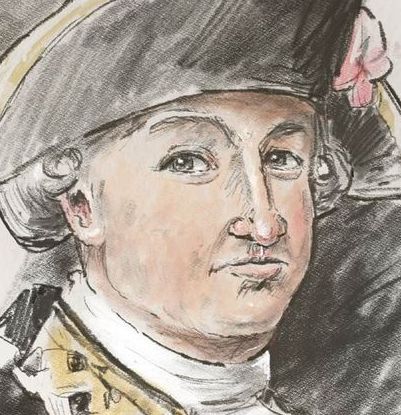
Bernardo de Gálvez
An unlikely ally
Unlike the marquis de Lafayette who sympathized with the ideology of the patriots, Bernardo de Gálvez did not choose to help the American revolutionaries because he believed in their cause. He assisted the Americans because it served the interests of his king and country and weakened Britain, who was an enemy of Spain.











